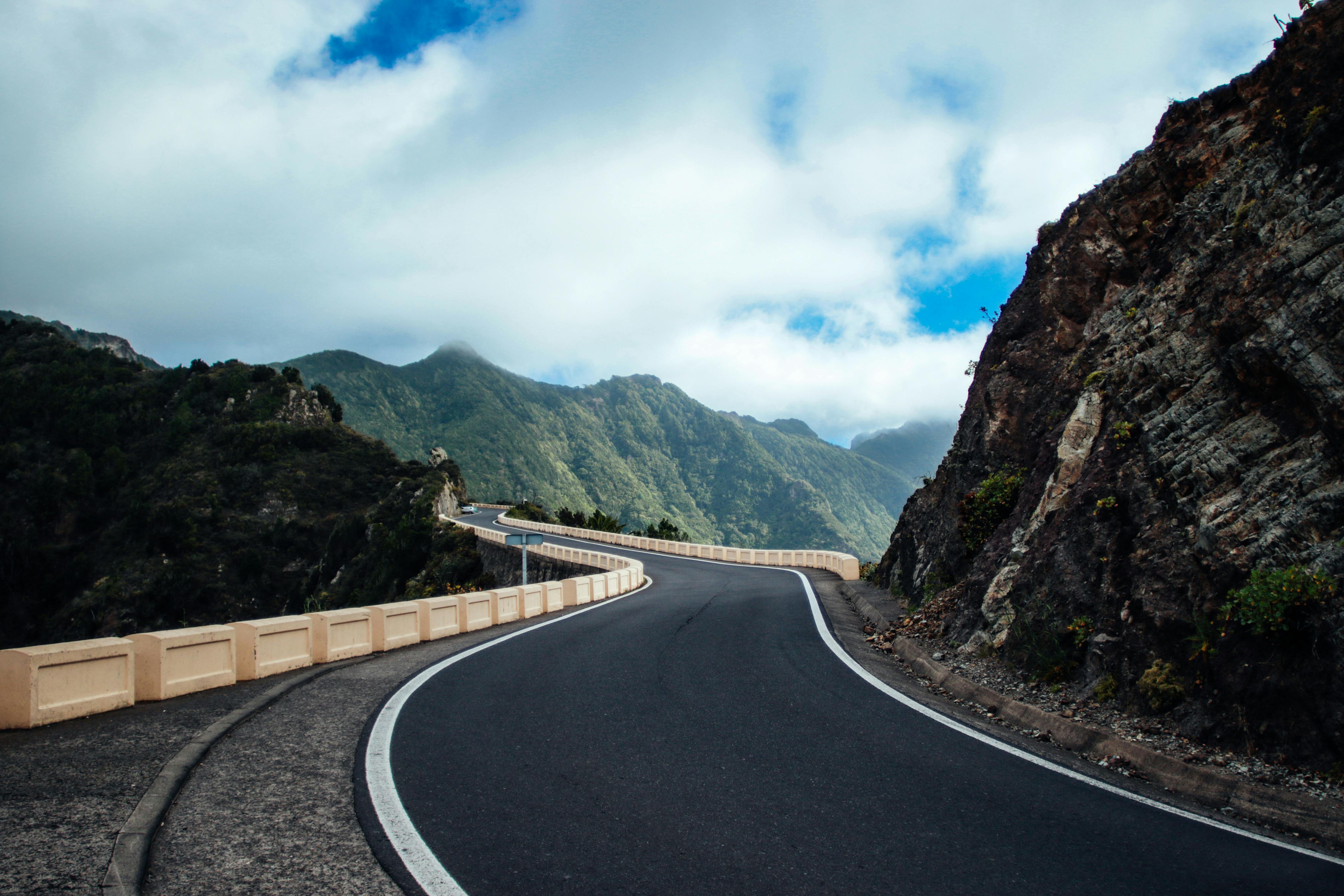One of the most pristine nature reserves in the world, the Masai Mara is a fascinating place for any School trip visit. Just a four hour drive from the bustling city of Nairobi, The Masai Mara offers peace, tranquility and the chance to escape with some of the most magnificent animals that roam our planet.
Staying in authentic camps or lodges on the reserve makes for a very special experience and allows students to absorb themselves in every part of the wildlife here, seeing the animals during the day and hearing them at night. Every day two safaris are organized in the reserve, the first in the early morning and the second in the afternoon.
The rolling grasslands and gentle savannah scenery make it easy to spot wildlife, and no student on a school tour could be disappointed with the variety of animals and birds to be seen here. It’s also common to see wildlife in action, whether it’s a stalking lion, a courting ostrich, or a scavenging vulture.
the great migration
For any school trip traveling to Kenya between July and October, there is a chance to witness one of the most impressive sights in the world: the wildebeest migration. Two million animals begin their journey from the southern part of the Serengeti to the Masai Mara. Following food and water, they instinctively turn the wheels of the great circle of life and are not alone in their quest for survival. Zebra and gazelle are also seen making their way in long lines across the landscape and the larger carnivores that depend on these animals for food must also follow their lifeline.
One of the most famous scenes of the great migration occurs on the Mara River, where crocodiles were waiting for the wildebeest to cross. There is a feeding frenzy like no other as they prey on the weak and the young. In turn, hyenas and vultures prowl nearby to pick up the scraps. Each animal plays separately in the delicate ecosystem that makes this incredible reserve what it is.
the maasai people
These elegant and colorful people are the traditional tribes of the Great Rift Valley, which stretches six thousand kilometers from Syria to Mozambique. Although they are no longer allowed to live on the reserves, the Masai live in their nomadic villages in the huge area of dispersal that surrounds them. For centuries, the Masai have lived in harmony with nature and many of their traditional ways of life remain strong today. Traditional dress is always worn with the women’s ornate headdresses complementing the men’s colorful cloth.
The Masai are a large presence in this area, but have had to surrender to a more stable way of life. Originally surviving on meat, blood, and milk, the tribes must now embrace agriculture to keep up with the changes in their environment brought about by the modern world. Today, the Masai are often seen trading cloth and beads in the cities and many work in the tourist trade.
Some villages are now open to visitors and can be an interesting place to include on a school tour. Students have the opportunity to spend time with these proud people and learn about their way of life, so different from their own. Students may also consider the difficult future these people face and how they might transition to a modern world in order to survive.
The Masai Mara is a wonderful variety of rich fauna, prolific bird life and unspoiled landscapes. A school tour of this reserve makes for an educational and memorable vacation for students of any age.
